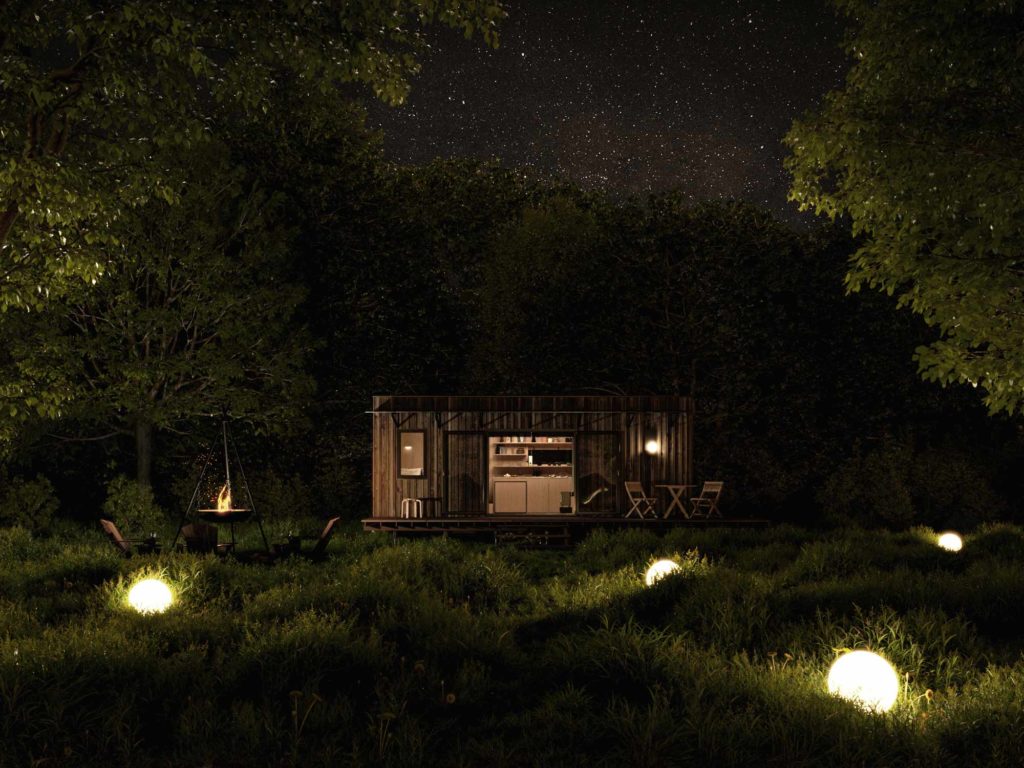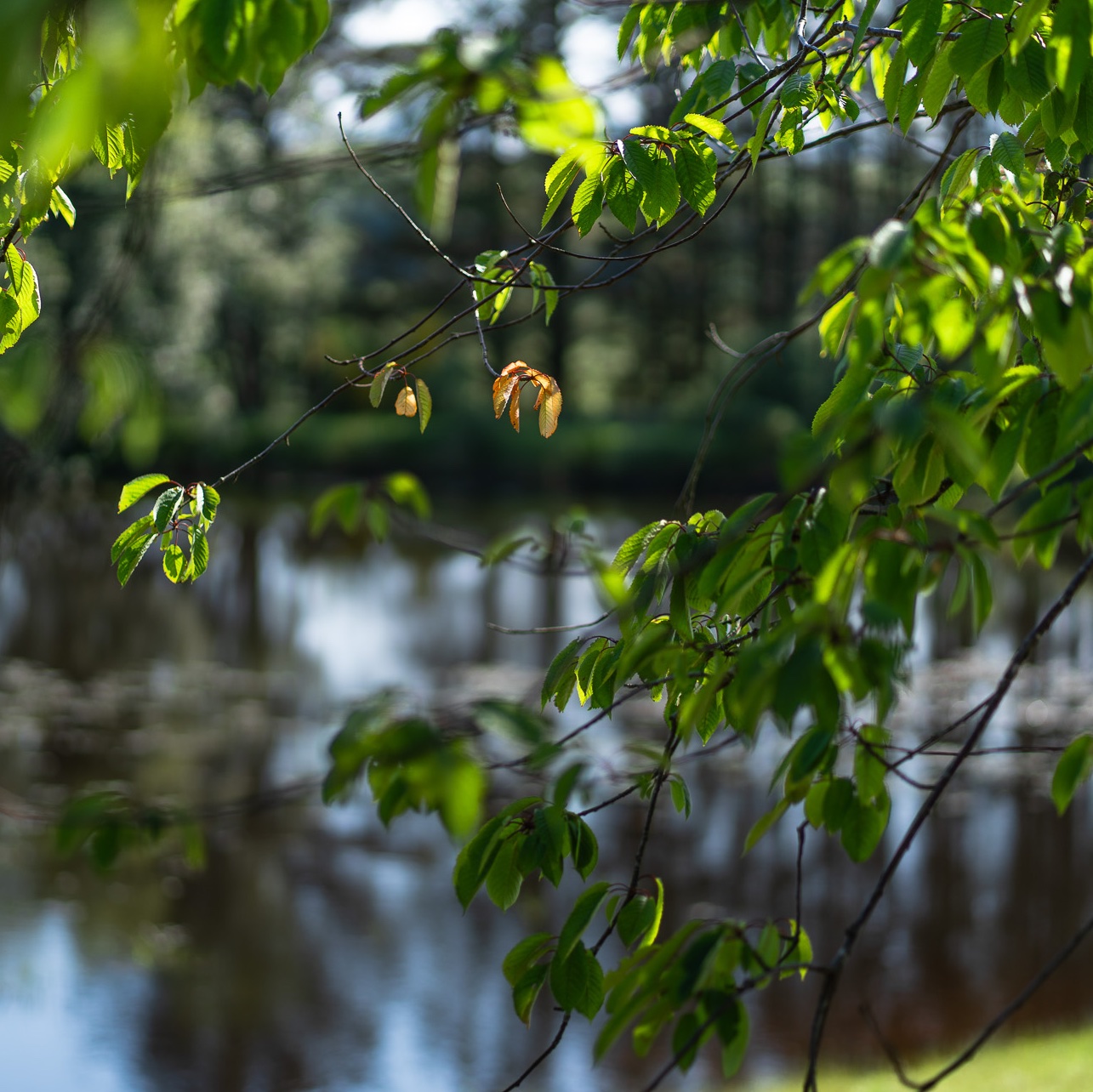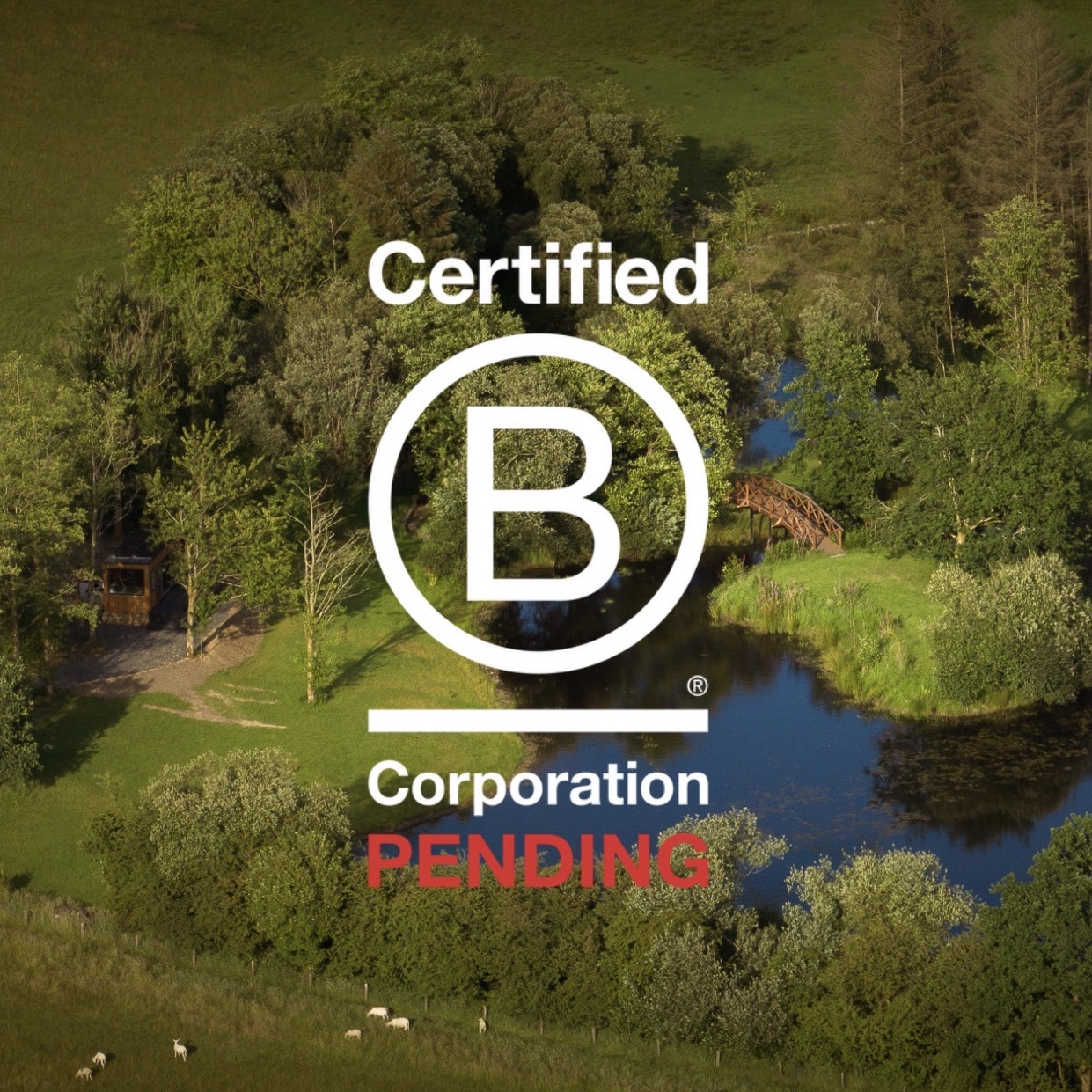
Guided Meditation with Komi Yogi
Embrace the Calm: Mindful Meditation in the Serenity of Nature.

Biophilic Design: Blending Nature and Architecture
Humanity can’t survive without nature. But with today’s architecture modernising green fields to concrete jungles, nature is pushed further away. We are out of touch, and need to rebuild nature within our daily living.
Enter biophilic design.
Derived from the words “bio” and “philia” meaning “life” and “friendly towards”, biophilia is a term used to describe the innate affinity that humans share with nature. A biophilic design creates a link between nature and architecture through integrating naturally inspired patterns and elements within the core.
Logoutt from the world, log in to nature
From cliffside caves to penthouse units above the city, the human shelter has evolved far beyond the physiological needs of human security to answer our desire for comfort and convenience.
One might easily assume that in proportion to human progress and innovation, happiness and satisfaction follows. However, the research suggests otherwise. Studies have shown that depression, loneliness and anxiety are more prevalent in densely populated cities where no park or nature is easily accessible.
Meanwhile, people who have access to even a small park and are often exposed to nature have improved physical and mental wellbeing. According to a Yale study, a 120-minute exposure to nature can instantly help a person relax and ease out anxiety while boosting cognitive function among other benefits.
However, with most living closer to concrete, not only are our current lives detached from nature, but we are also increasingly caught up in the whirlwind pace of modern life that even slowing down and taking time to unwind seems out of the question.

The Biophilic Solution
Today, with a world swamped with climate change and declining natural habitats, adapting a biophilic architecture is the ultimate solution. Not only that biophilic architecture can help alleviate the stress and depression of its inhabitants, but the sustainable and nature-based approach to building dwellings can also help reduce construction-induced carbon emissions. By attuning ourselves to the ways of nature and constantly participating in them, we can start to align ourselves and our ways with the ways of nature.
Biophilic architecture is centred around creating a natural connection between humans and nature. Incorporating natural, sinuous, and soft patterns in nature is one of the ways in achieving a biophilic design.
Logoutt x Biophilic Base
As the American architect Frank Lloyd Wright said, “No house should ever be on a hill or on anything. It should be off the hill. Belonging to it. Hill and house should live together, each happier for the other.” By becoming one with this space and sharing energy with nature, one can reverberate and align with the rhythm and flow of the natural world. Logoutt aspires to create this authentic experience where people and nature can coexist simultaneously without sacrificing the existence of one or the other.
At Logoutt, simple and organic design in architecture allows one to truly embrace nature without distractions. Borrowed views and sustainable materials amplifies this symbiotic exchange by encouraging constant encounters with nature. We appreciate nature in all its forms, by integrating raw elements of the landscape into the materiality sculpting the space. We celebrate the natural ageing of the materials as they weather, marrying the space with its surroundings.


Embrace the Calm: Mindful Meditation in the Serenity of Nature.

Tuning into your senses is more important than you think – they shape how we perceive the world.

We are pleased to announce our achievement of Pending B Corporation Status
If this sounds like the right fit for you, let’s connect. We’d love to talk.
Together, we’ll bring nature closer to home. One space at a time.| Cookie | Duration | Description |
|---|---|---|
| cookielawinfo-checkbox-analytics | 11 months | This cookie is set by GDPR Cookie Consent plugin. The cookie is used to store the user consent for the cookies in the category "Analytics". |
| cookielawinfo-checkbox-functional | 11 months | The cookie is set by GDPR cookie consent to record the user consent for the cookies in the category "Functional". |
| cookielawinfo-checkbox-necessary | 11 months | This cookie is set by GDPR Cookie Consent plugin. The cookies is used to store the user consent for the cookies in the category "Necessary". |
| cookielawinfo-checkbox-others | 11 months | This cookie is set by GDPR Cookie Consent plugin. The cookie is used to store the user consent for the cookies in the category "Other. |
| cookielawinfo-checkbox-performance | 11 months | This cookie is set by GDPR Cookie Consent plugin. The cookie is used to store the user consent for the cookies in the category "Performance". |
| viewed_cookie_policy | 11 months | The cookie is set by the GDPR Cookie Consent plugin and is used to store whether or not user has consented to the use of cookies. It does not store any personal data. |